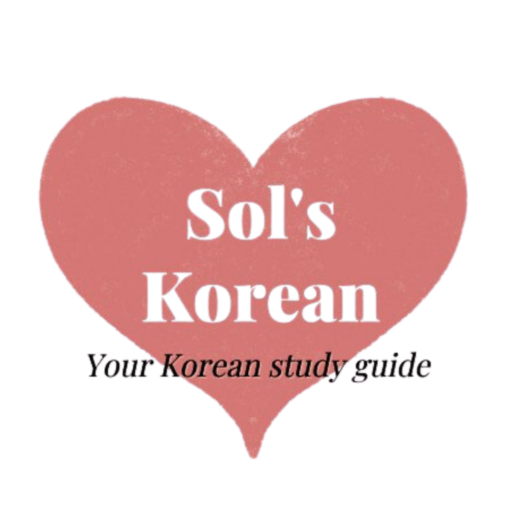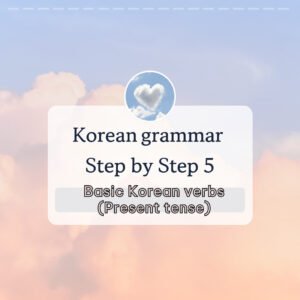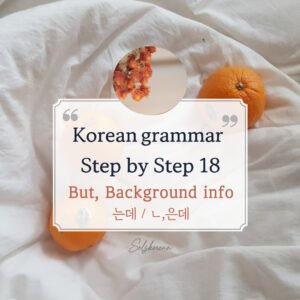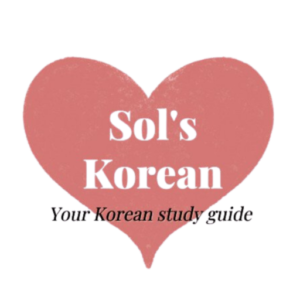Essential Korean Greetings and Self-Introductions
안녕하세요! (Annyeong haseyo!)
Welcome to your go-to blog for learning Korean expressions and useful words!
Let’s dive into some essential Korean greetings and self-introductions, essential for any Korean language learner.
Whether you’re a complete beginner or looking to polish your skills, we’re here to help you navigate the beautiful language of Korean.
If you don’t know how to read the Korean alphabet yet and would like to learn (you can master it in just 30 minutes!), please check out this post: Click here!
Basic Greetings 😸🐾
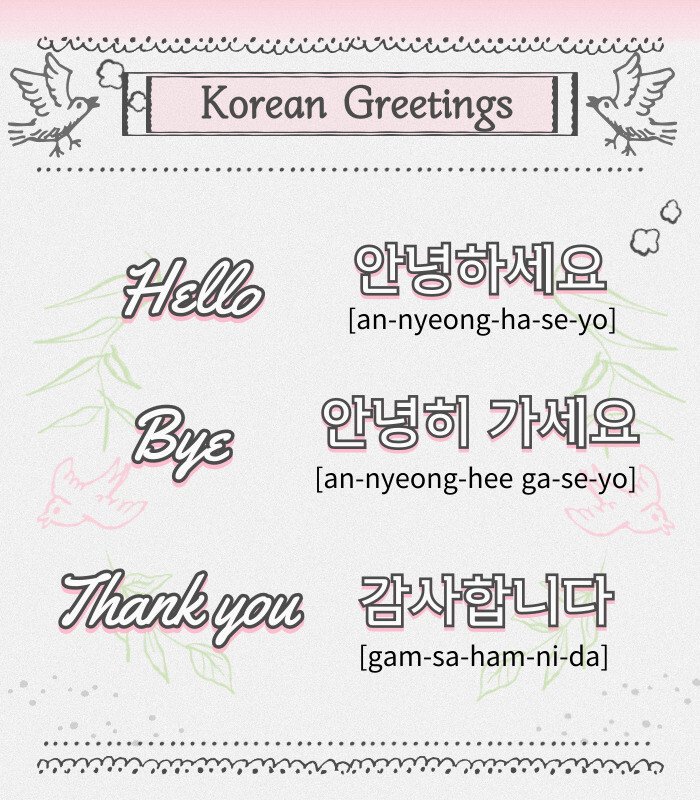
1. Hello : 안녕하세요 (An nyeong ha se yo)
- Pronunciation: [an -nyeong -ha -se -yo]
- Formality : Very polite
- Usage: This is the standard way to say “hello” in Korean. It’s polite and can be used in most situations, whether you’re meeting someone for the first time or greeting a friend!
2. Hi : 안녕 (An nyeong)
- Pronunciation: [an – nyeong ]
- Formality : informal
- Usage: This is a versatile greeting in Korean that can be used in various informal situations. It’s a friendly and casual way to say both “hi” and “goodbye.”
3. Goodbye : 안녕히 가세요 (An nyeong he ga se yo)
(when someone is leaving)
- Pronunciation: [an – nyeong -hee ga -se -yo]
- Usage: Use this when you are staying, and the other person is leaving. It means “go in peace.”
4. Goodbye (when you are leaving): 안녕히 계세요 (An nyeong he gye se yo)
(when someone is staying)
- Pronunciation: [an-nyeong-hee gye-se-yo]
- Usage: Use this when you are leaving, and the other person is staying. It means “stay in peace.”
5. Thank you : 감사합니다 (Gam sa ham ni da)
- Pronunciation: [gam-sa-ham-ni-da]
- Usage: This is a polite way to say “thank you” in Korean. It is suitable for most situations, whether you are thanking a friend, a colleague, or a stranger. It’s a versatile expression of gratitude.
Self-Introductions 🦉

Introducing yourself in Korean is straightforward. Here are some key phrases to get you started:
1. I am [Name]: 저는 [Name]입니다 (Jeo neun [Name] im ni da)
- Pronunciation: [jeo-neun ___ im-ni-da]
- Formality : formal, polite
- Usage: This is a polite and formal way to introduce yourself.
2. Nice to meet you: 만나서 반갑습니다 (Man na seo ban gap seum ni da)
- Pronunciation: [man-na-seo ban-gap-seum-ni-da]
- Formality : formal, polite
- Usage: Use this phrase after introducing yourself! It means “Nice to meet you.”
3. I am from [Country]: 저는 [Country]에서 왔습니다 (Jeo neun [Country] ae seo wat seum ni da)
- Pronunciation: [jeo-neun ___ ae-seo wat-seum-ni-da]
- Formality : formal, polite
- Usage: For example, “저는 미국에서 왔습니다” means “I am from the USA.” [jeo-neun mi-guk ae-seo wat-seum-ni-da]
To say “I’m from America” [jeo-neun mi-guk ae-seo wat-seum-ni-da]
Many country names in Korean sound similar to their English counterparts, just pronounced in a Korean style.
If you want to check out some examples, here they are!

Spain

Argentina

Philippines

Mexico

France

Vietnam
Pronunciation Tips
- 안녕하세요 (Annyeong haseyo): Make sure to emphasize the double ‘nn’ sound and the ‘yo’ at the end to sound polite.
- 저는 (Jeoneun): The ‘eo’ sounds like the ‘u’ in “sun.”
- 만나서 반갑습니다 (Mannaseo bangapseumnida): Focus on the flow of the phrase; it should be smooth and not too rushed.
Practice Makes Perfect!
Try using these phrases with a friend or even in front of a mirror to build confidence. Remember, pronunciation and intonation are key in Korean, so don’t hesitate to listen to audio clips and mimic the pronunciation!
